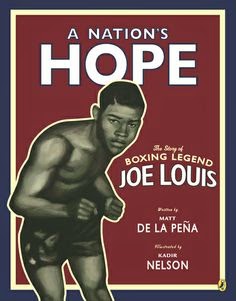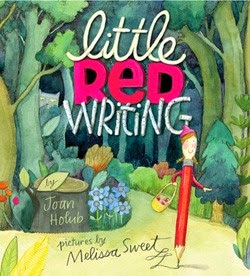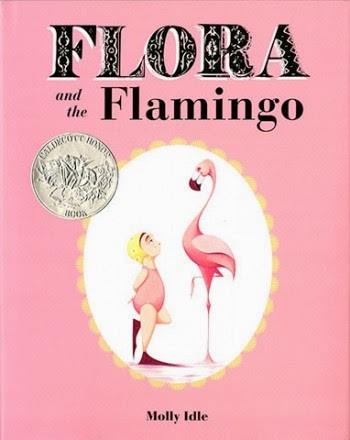Some excerpts from: Serafini, F. (2012). Rethinking Reading Comprehension: Definitions, Instructional Practices, and Assessment (pp. 189-202). In E. Williams (Ed.), Critical Issues in Literacy Pedagogy: Notes from the Trenches. Illinois State University Press. It may be useful to reconsider the term comprehension (as noun), referring to comprehension as a commodity that is individually acquired, or some amount of knowledge that is literally taken away from every successful reading event. Instead, it may be more appropriate to use the term comprehending (as verb), to suggest reading is a process, a recursive cycle of generating meanings that changes each time readers transact with a text across particular contexts. This shift from comprehension as a noun to comprehending as a verb would also require comprehension assessment to take place during the act of reading and discussing a text, rather than simply measuring how much of a pre-determined amount of meanings a reader accumulated and ...










